PT Crab 🦀 Issue 144 - Old School

This week, we’re going old school with more old news from the world of geriatrics. Unless you work in pediatrics, you’re going to see geriatrics, it’s a fact of PT life. So let’s learn more about treating them well. This week, free subscribers get one summarized article (as usual), though this one is a bit bulky as a gift for you. We’re looking into the CPG on caring for people with suspected or confirmed osteoporosis for you folks. I’ll be tearing that one down even more so you can get through it in just a couple of minutes.
King Crab supporters get three articles, as usual as well, the CPG summary as well as a piece on the efficacy of kyphosis exercise and a third on progressive resistance training for the geriatric population. Become a PT Crab supporter to triple your article summaries here. The first 15 days are free, so you can try out two weeks worth before choosing to dive in.

After a Facebook post blew up over the weekend, we’re celebrating the addition of a few hundred more subscribers. Thanks to Whitney, Cali, Meagan, and everyone else who shared the Crab over there, I really appreciate it.
Lastly, I don’t point this out often enough, but you can comment on any of these articles if you want to ask a question, have more resources, or just want to chat with others. Head to PTCrab.org/issue-144-blue to do so. That page has all the info in this email plus a comment area on the bottom to get to know each other.
With that, let’s dive in!
This week’s PT Crab is brought to you by Morning Brew. More on that below.
What to do with Osteoporosis?
The Gist - Honestly, the results of this one were really surprising. Like I said above, this is a clinical practice guideline release by the Journal of Geriatric Physical Therapy titled: PT Management of Patients with Suspected or Confirmed Osteoporosis. What stood out immediately is that they don’t make any recommendations for exercise to reverse bone mineral density loss because there isn’t evidence that it can. The best we can do is slow the loss of bone density. But we can indeed do that and we can do it pretty safely and simply.
The CPG points to good evidence that static weight bearing exercise like standing on one foot can slow bone density loss in the hip in postmenopausal people. They also recommend long-duration “adequately dosed” progressive resistance training in non-weight-bearing as a method to slow bone density loss in both the hip and lumbar spine. This means high load open or closed kinetic chain stuff like squats, overhead presses, deadlifts, and the like. But it’s gotta be hard to be useful. Meanwhile, high force weight-bearing exercises weren’t so hot in their analysis. This includes things like running, jumping, and dancing. The researchers who stitched this together postulate that the lack of efficacy of these dynamic activities could be due to “stress reactions or structural failure due to excessive overload in women with osteoporosis.”
It’s important to remember that all of the above is in postmenopausal folks, a higher risk group than the premenopausal that we’ll discuss below. Combined exercise showed efficacy in both groups. That’s a combination of low force closed kinetic chain stuff (balance training, endurance work, squats) with high force open kinetic chain activities (overhead presses, gym equipment, etc.). A combination of jogging and stair climbing, for example, was effective, as was a combo of aerobics with high-intensity OKC exercise.
What about pre-menopausal people? Read on.
Tell Me More - In people who haven’t been through menopause yet, the recommendations are a bit different. The researchers don’t recommend static weight-bearing exercise and don’t have adequate evidence to say anything about dynamic low force weight bearing exercise (walking, Tai Chi, etc.). High force dynamic exercise, like jogging, stair climbing, and CKC weight training, are recommended and combined exercise including high force OKC exercise is highly recommended. This is the stuff we would expect.
For men, there was insufficient evidence to make any recommendations.
Even with what we know from above, there’s a problem here: all of these interventions take a long time—like 6 months to two years long—to make any difference. This is something the researchers are sensitive to, since many people covered in these recommendations will be on Medicare. They posit an idea to get it done though
For patients with access to Medicare, physical therapists’ services are a covered benefit, with no limitations on care (related to time, visits, or cost) if the services provided are medically necessary and skilled. This includes maintenance care and care to prevent a decline in function. A new model for physical therapy management of patients with osteoporosis could involve concluding and then resuming multiple short episodes of care over an extended time period.
You’d have to have a relationship with a physician to ensure they’re signing off on plans of care if you wanted to make this work, but you could indeed make it work, depending on your setting.
The other thing they note is that being able to exercise regularly is actually pretty complicated and that we as PTs should look into our patients’ social determinants of health when designing a plan they need to stick to for long periods. I for example, work with many low income clients and thus provide programs that can be done completely inside the home with household objects and often make referrals to Silver Sneakers programs as well. If you have good tactics to help lower income seniors work out more often, feel free to leave the details in a comment here.
Paper? Got it covered. It’s open access too, which is nice.
Oh, and if you like Clinical Practice Guidelines, I’ve got quite a collection! I’m working to get them all under one, non-walled off, link and think I’m doing pretty well. Check them all out here.
Just like research, news doesn’t have to suck.

If you want to keep up with news the way you keep up with research, you need Morning Brew. This daily newsletter covers the latest news in a fun, funny, and engaging way. There's a reason over 2.6 million people start their day with Morning Brew— the daily email that delivers the latest news from Wall Street to Silicon Valley. News doesn't have to be dry and dense...make your mornings more enjoyable, for free with Morning Brew. Check it out here
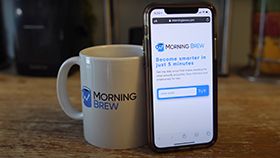
Because I haven’t covered geriatrics in a while, I thought I’d pepper in a bit more information for you down here too. I don’t have time to summarize all these articles, but I just wanted you to know what’s out there to be seen.
- Here’s a gender and age-specific centile curve and downloadable calculator for muscle strength tests to identify sarcopenia
- This is an RCT assessing dorsiflexion ROM in older adults after 6 sessions of talus mobilizations
- And this is a guide to exercise for the prevention of osteoporosis in post-menopausal people from the Brazilian Journal of PT
Lastly, if all this talk of men and women got you thinking about gender non-conforming people, as it did me, you may enjoy this piece about bone health in the transgender population.
And that’s our week. Thanks again for being a subscriber to PT Crab and if you like what you see, please join the group of PTs just like you who have become a supporter of the Crab. It’s less than a dollar per issue and the first two weeks are free so you can test it out. Full details here.
Or at least share it with friends and coworkers. Thanks!
And if you want to comment on this post and discuss it with your fellow PTs, head here.
Bye!
References:
Hartley, G. W., Roach, K. E., Nithman, R. W., Betz, S. R., Lindsey, C., Fuchs, R. K., & Avin, K. G. (2022). Physical Therapist Management of Patients With Suspected or Confirmed Osteoporosis: A Clinical Practice Guideline From the Academy of Geriatric Physical Therapy. Journal of Geriatric Physical Therapy (2001), 44(2), E106–E119. https://doi.org/10.1519/JPT.0000000000000346

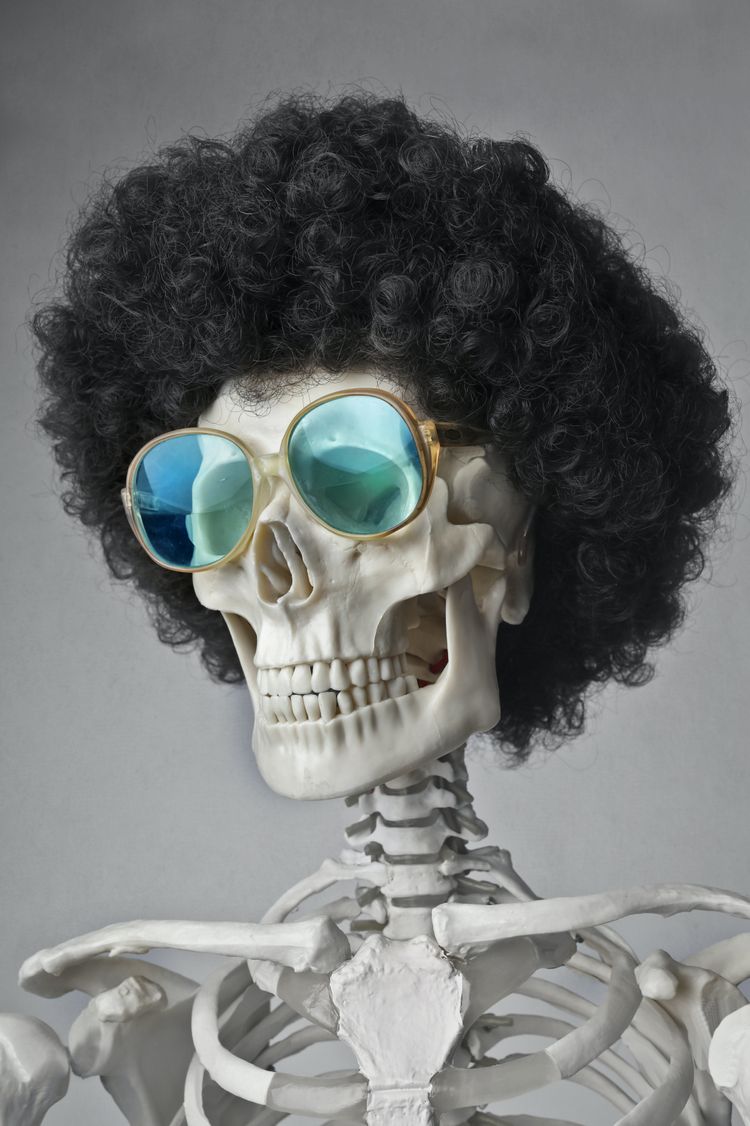
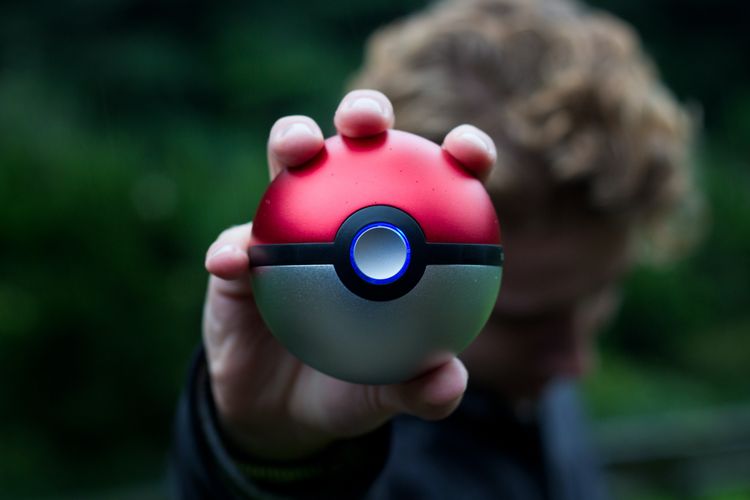
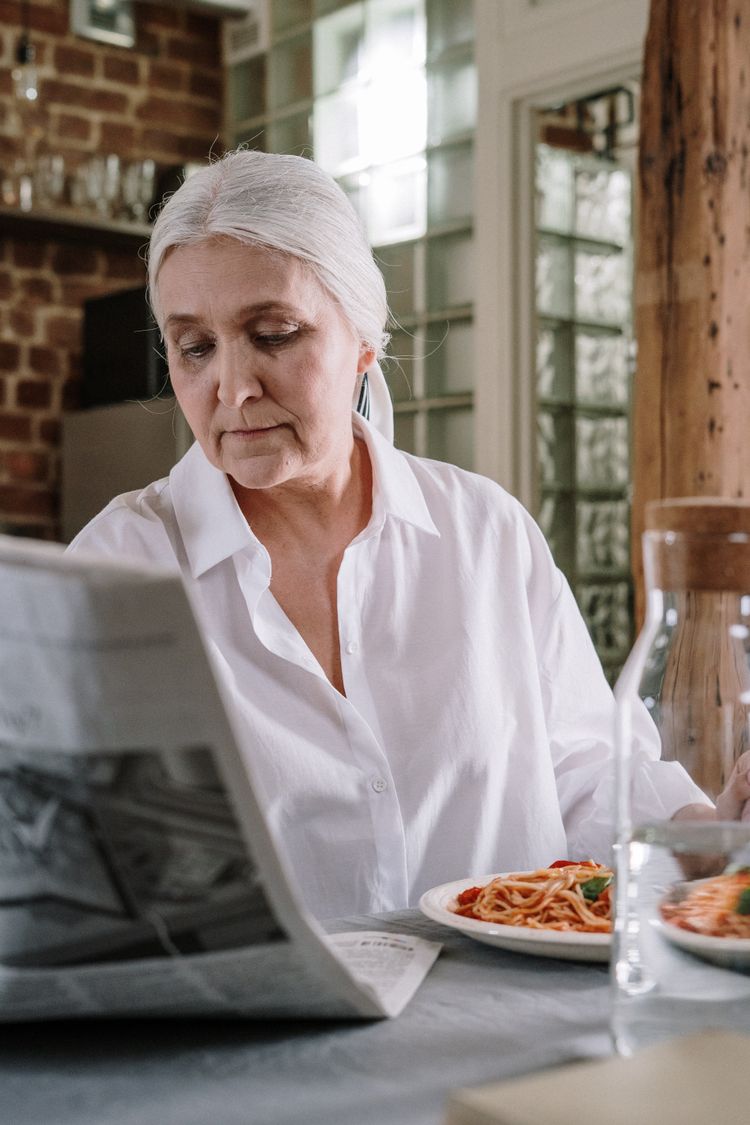
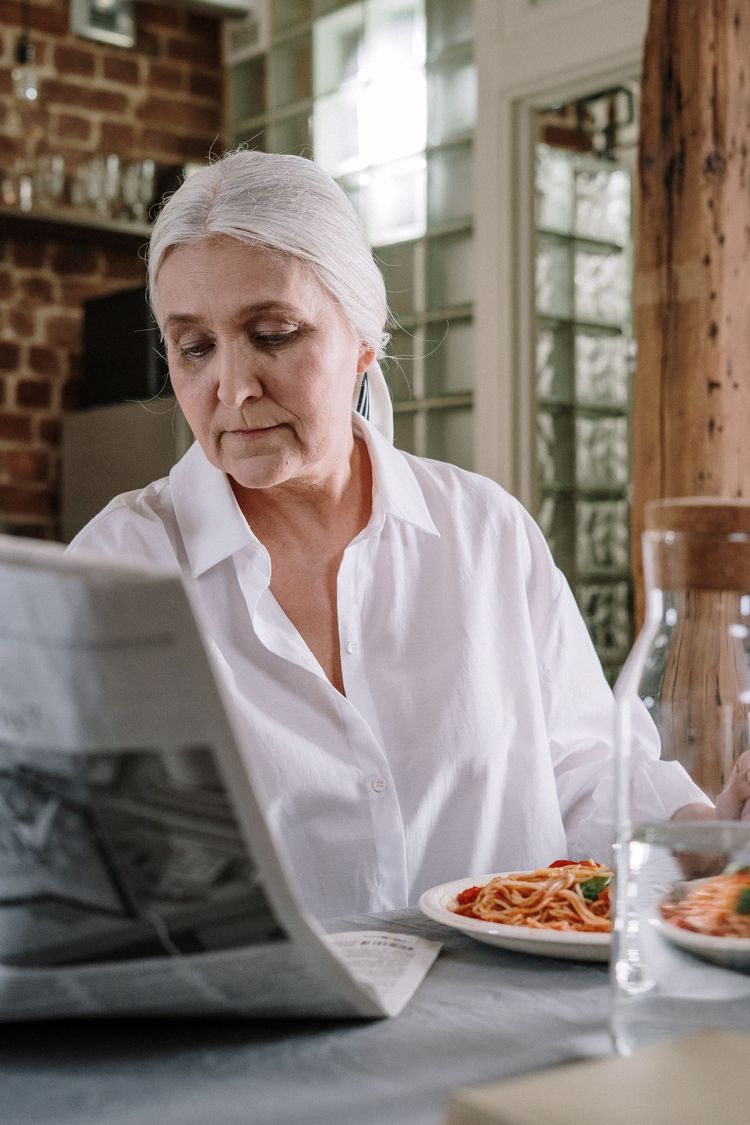

Comments
Want to leave a comment and discuss this with your fellow PTs? Join PT Crab and get summarized PT research in your inbox, every week.